Hubble vs. Webb: New NASA telescope reveals never-before-seen details from the early universe, within 400 million years after the Big Bang
NASA's James Webb Space Telescope is 100 times stronger than the Hubble Space Telescope.
Hubble showed astronomers a single galaxy in the early universe, but JWST revealed it was two mysterious objects.
Compare the images to glimpse how much JWST can teach us about the beginning of the universe.
NASA's James Webb Space Telescope is revealing new galaxies astronomers have never before seen, deep in the early universe.
Astronomers recently pointed JWST at an object called MACS0647-JD. It's extremely far away, and light takes time to travel, so looking at such a distant object is also looking back in time. MACS0647-JD is about 97% of the way back to the Big Bang, within the first 400 million years of the universe.
Dan Coe, a researcher with the Space Telescope Science Institute, first discovered it 10 years ago with the Hubble Space Telescope, which was previously NASA's most powerful space observatory.
"With Hubble, it was just this pale, red dot. We could tell it was really small, just a tiny galaxy in the first 400 million years of the universe. Now we look with Webb, and we're able to resolve TWO objects," Coe said in an October NASA release.
JWST is 100 times more powerful than Hubble, and its infrared lens allows it to peer much further into the deep universe and the distant past. Comparing the new JWST image to prior imagery from Hubble, astronomers discovered new features of one of the oldest galaxies ever seen.
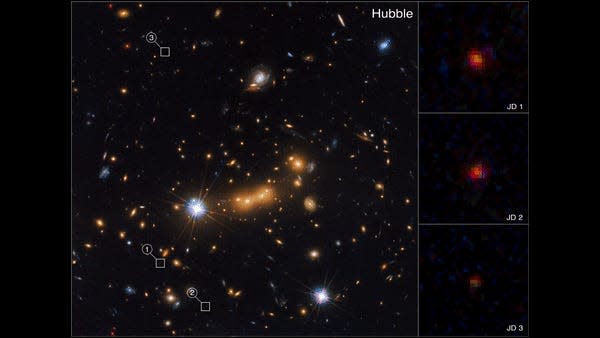
Both Hubble and JWST study the early universe through gravitational lensing. That's what happens when a cluster of distant galaxies is so massive that it warps space-time, bending the light from galaxies far in the distance behind it. That creates mirror images of those galaxies, reflected back at us.
So the imprint of the mysterious MACS0647-JD system appears in three spots in the images, above. Breakouts of those three images of the JD system, on the right, show how much clearer JWST's images are. They clearly show two different objects.
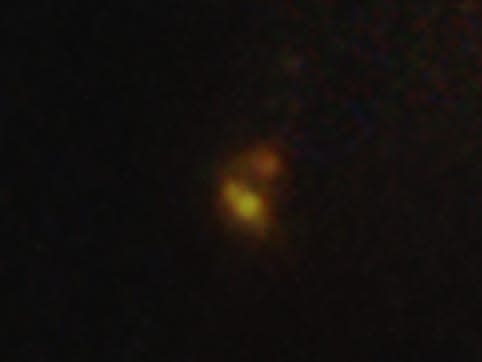
"We're actively discussing whether these are two galaxies or two clumps of stars within a galaxy. We don't know, but these are the questions that Webb is designed to help us answer," Coe said.
The research hasn't been published yet, but the difference between the images is stark.
JWST could reveal galaxy mergers and other unseen action in the early universe
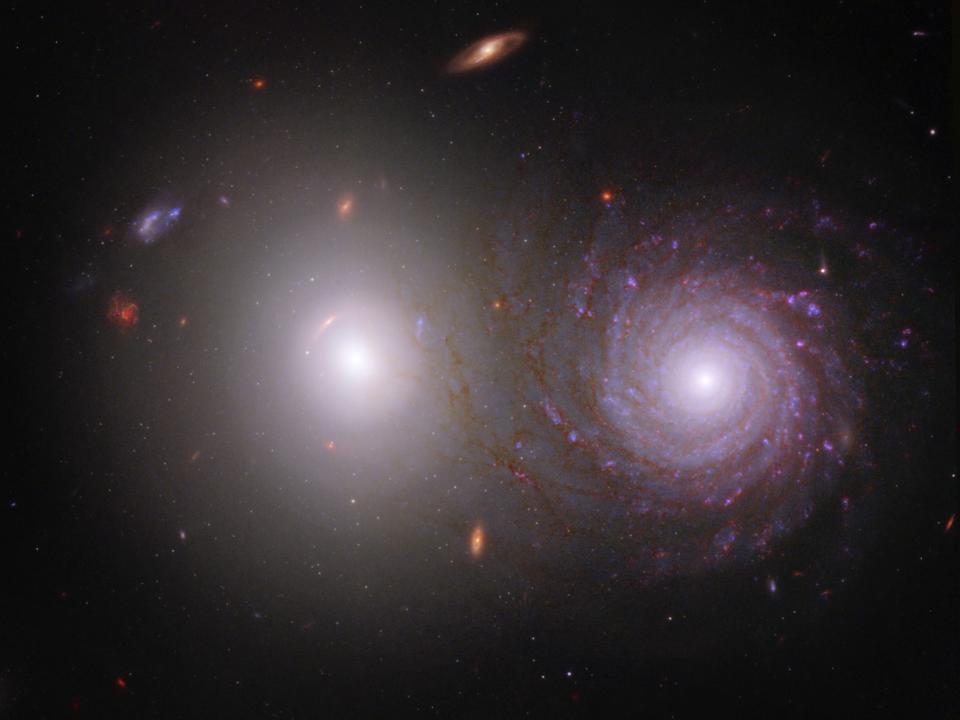
One of the objects is more blue, which indicates that it has relatively young stars forming within it. The other is redder, indicating an older object with more dust between stars.
"We might be witnessing a galaxy merger in the very early universe. If this is the most distant merger, I will be really ecstatic," Tiger Yu-Yang Hsiao, a PhD student who studied the images alongside Coe, said in the NASA release.
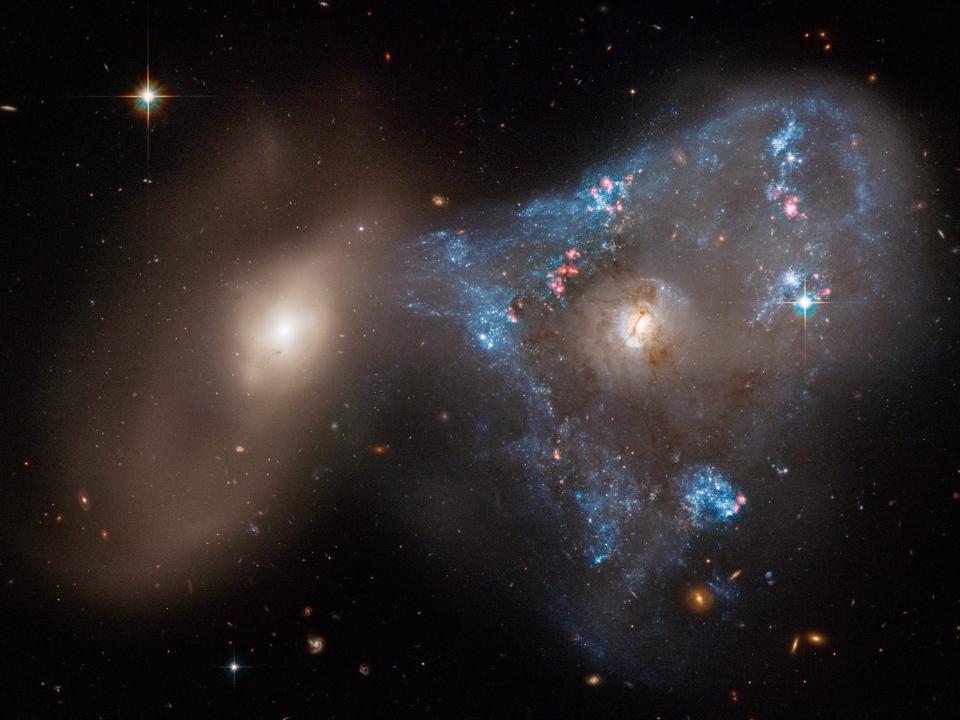
JWST will likely reveal even more distant galaxies from the very beginning of the universe. That will help scientists piece together the history that's missing from its first 400 million years.
"Up to this point, we haven't really been able to study galaxies in the early universe in great detail. We had only tens of them prior to Webb. Studying them can help us understand how they evolved into the ones like the galaxy we live in today. And also, how the universe evolved throughout time," Rebecca Larson, another PhD student who studied the images, said in the NASA release.
She pointed out all the other minuscule dots in the new JWST image — each of them a faraway galaxy.
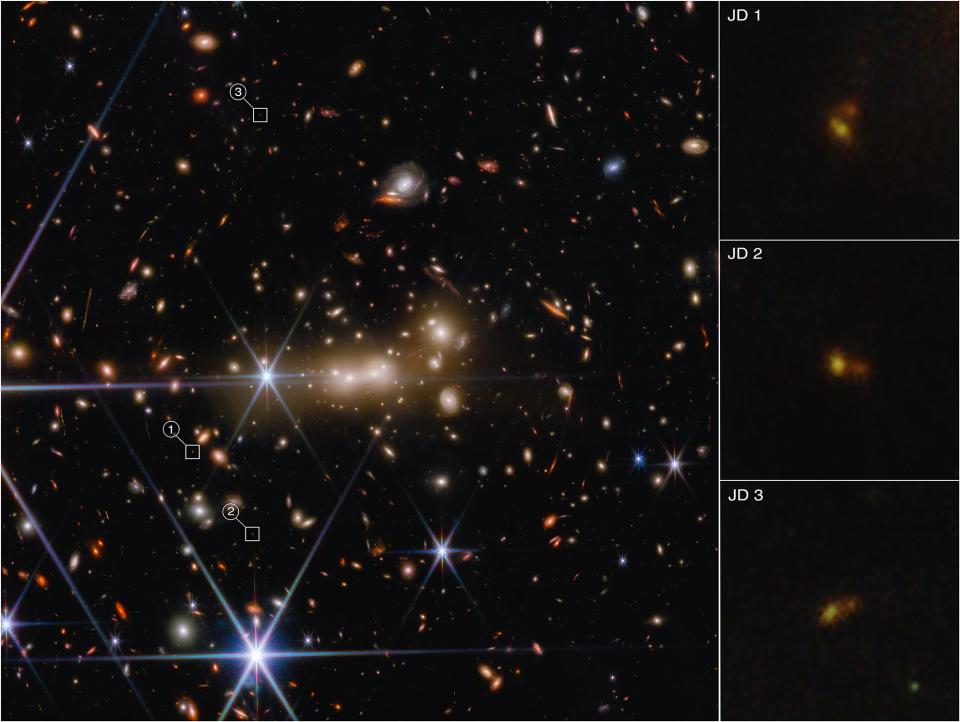
"It's amazing the amount of information that we're getting that we just weren't able to see before," she said, adding, "And this is not a deep field. This is not a long exposure. We haven't even really tried to use this telescope to look at one spot for a long time. This is just the beginning!"
Read the original article on Business Insider

